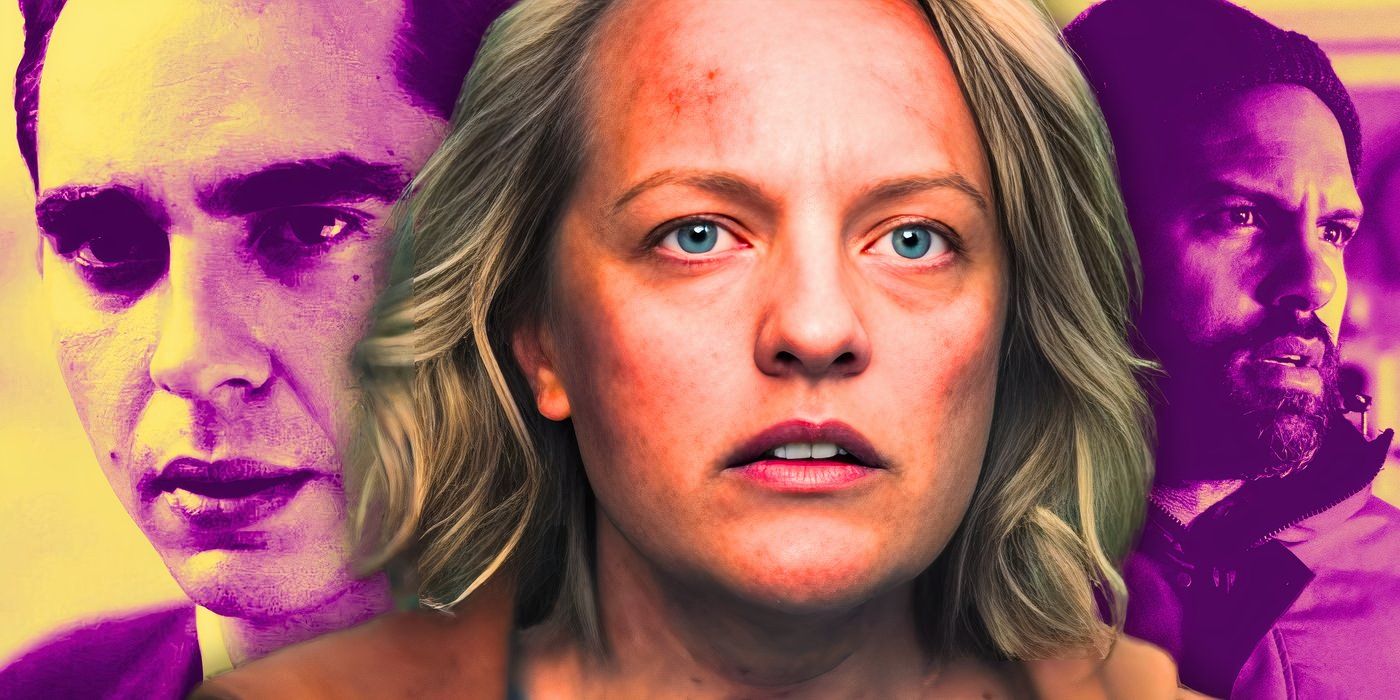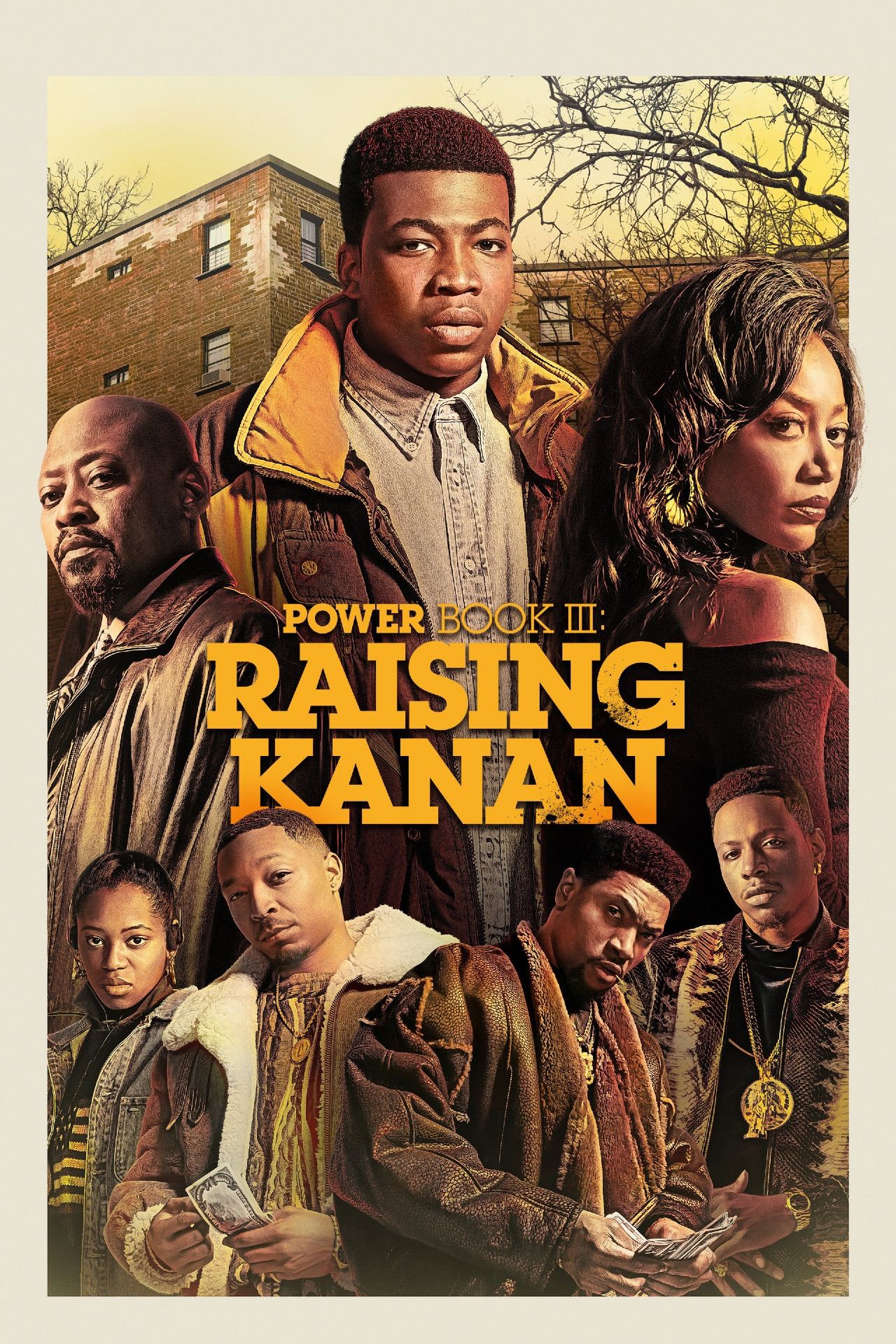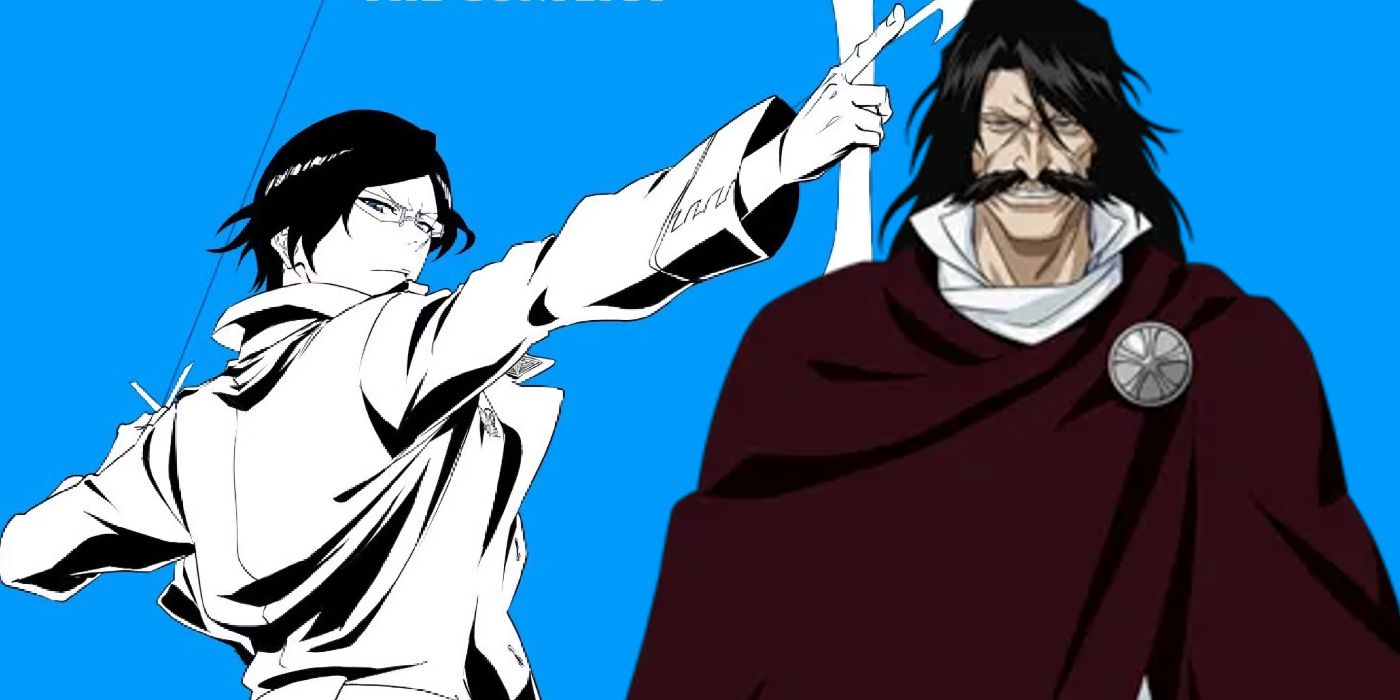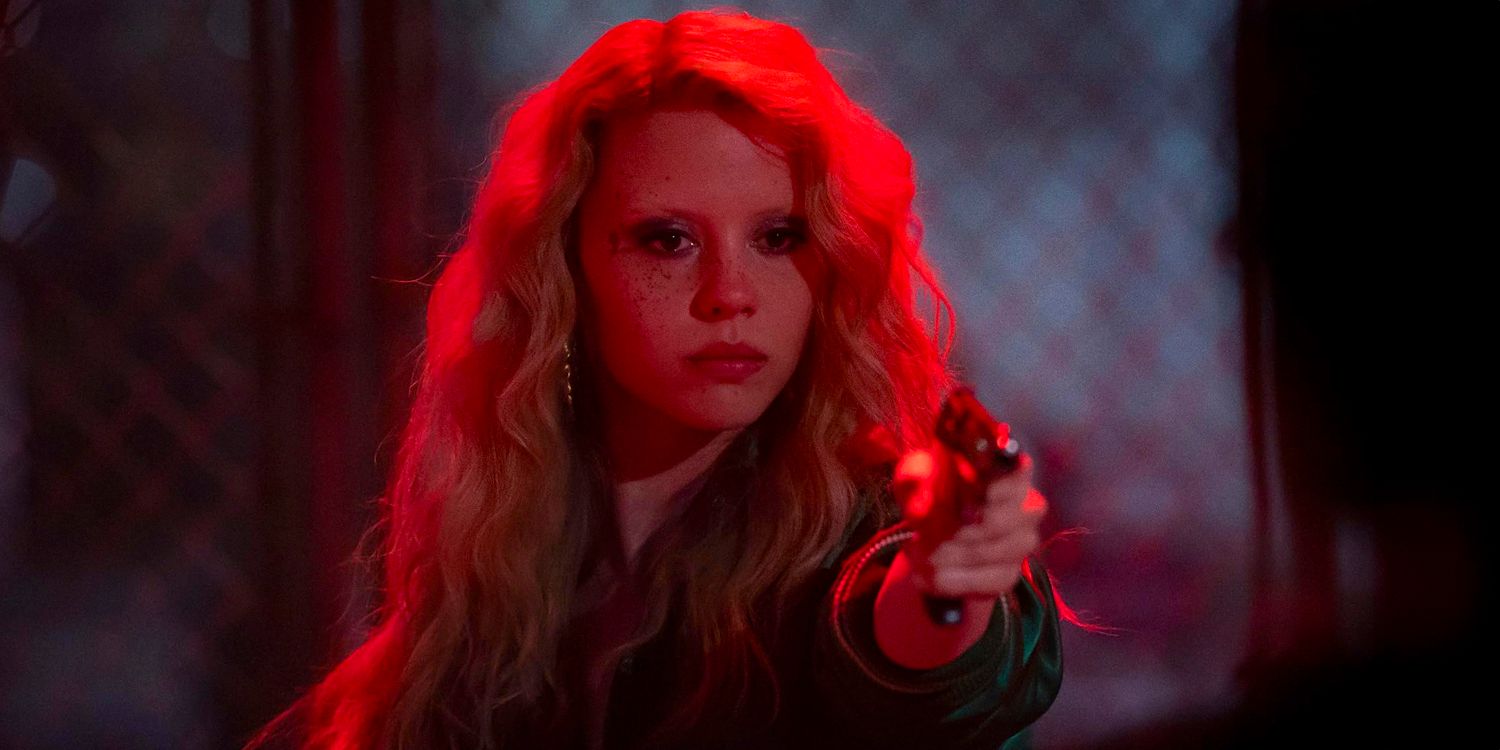The ending of Christopher Nolan’s The Dark Knight Rises is still widely discussed today as it’s unclear if Bruce Wayne faked his death or not. Following his sacrifice at the end of The Dark Knight, Bruce Wayne is a recluse in mourning. John Blake, a young GCPD cop who has yet to become jaded by the crime-ridden city, deduces that Bruce is Batman and convinces him to continue his career as a masked vigilante. But his return to vigilantism is short-lived; his back is broken in a fight with Bane and he’s tossed in a pit. In the Bat’s absence, Bane stages the French Revolution on the streets of Gotham.
As is customary for a comic book movie, The Dark Knight Rises culminates in a mega-scale final battle that pulls together all the disparate story threads. Batman returns to Gotham, Bane attempts to blow up the city with a neutron bomb, Bruce learns the truth about his latest love interest, and Blake prepares to take on the mantle of the Bat. Like any great action movie finale, the climactic reel of The Dark Knight Rises packs in a few twists and turns, as well as an ambiguous conclusion to Nolan’s Batman arc and a tantalizing setup for the future of his Gotham.
What Happens In The Dark Knight Rises’ Ending
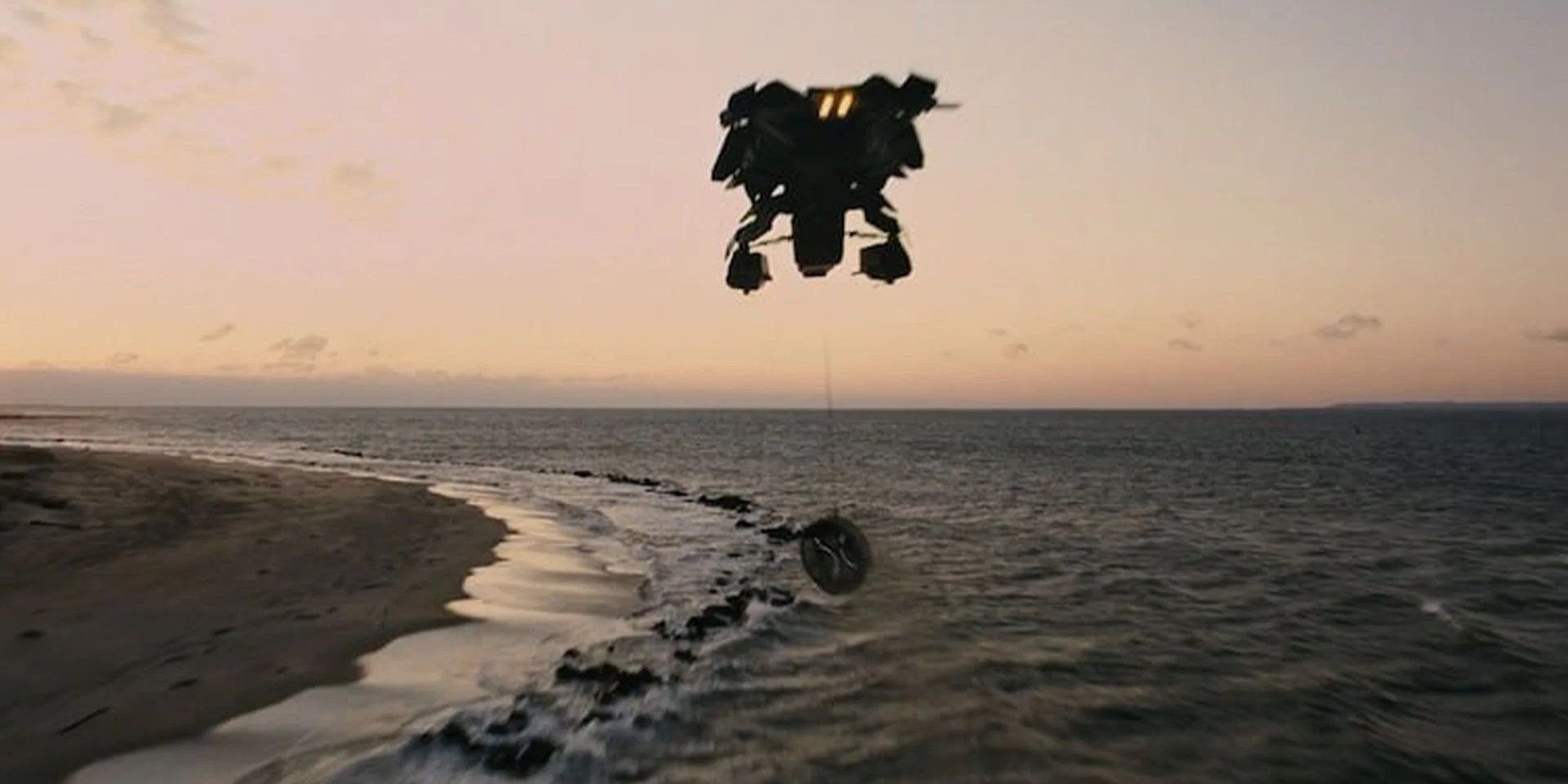
In the final battle of The Dark Knight Rises, the GCPD takes on the prisoners released by Bane as the fearsome revolutionary plots to blow up the city with the neutron bomb he forced kidnapped nuclear physicist Dr. Pavel to create. Bane activates the bomb while his cohort Talia al Ghul destroys the reactor that could be used to deactivate it. Unable to defuse the bomb, Batman straps it to his aerial craft, the Bat, and flies it out into the ocean to protect Gotham from the blast. While Gotham is out of the blast radius, Batman himself seems to be right at the center of it.
Since he never returns from the nuclear explosion, the Dark Knight is presumed dead and hailed as a hero by the people of Gotham. Some time later, Alfred travels to Florence and stops by a quaint little café, where he seems to spot Bruce dining with Selina Kyle. Comic book movies usually don’t end on such an ambiguous note, but Nolan is renowned for final scenes that provoke discussions amongst the audience, like the spinning top toppling over at the end of Inception or the time-bending narrative coming full circle in Tenet. Like those endings, there’s more than one way to interpret The Dark Knight Rises’ ending.
Did Bruce Wayne Fake His Death?
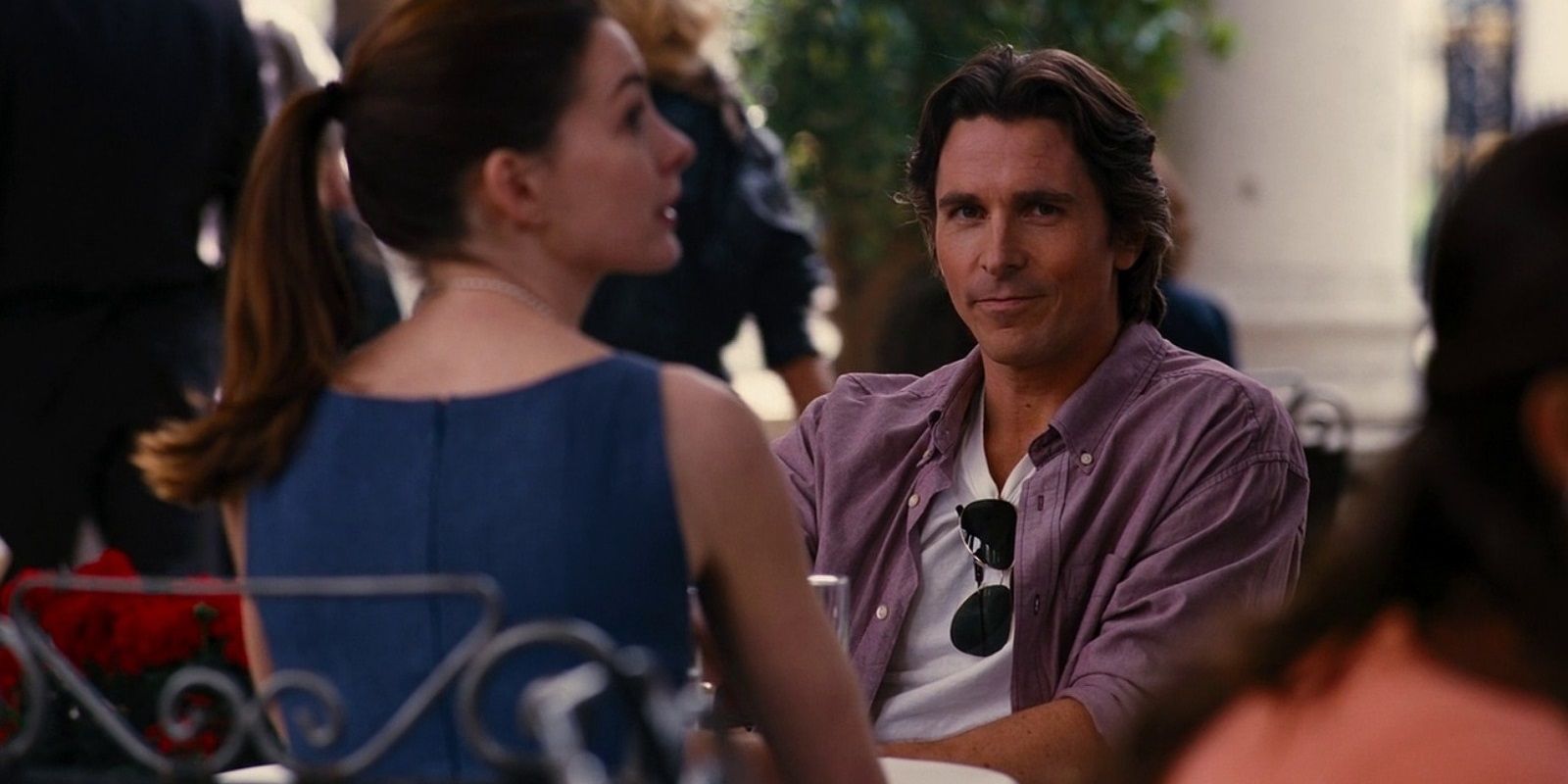
Since the explosion is seen from Gotham, the audience is left in the dark as to whether Bruce survived. It seems unlikely he could escape from a nuclear blast, but it can’t be ruled out as a possibility. Bruce looks alive and well when Alfred spots him in the final scene, but an earlier monologue suggests he imagines this interaction. Alfred told Bruce, “I had this fantasy, that I would look across the tables and I’d see you there, with a wife and maybe a couple of kids. You wouldn’t say anything to me, nor me to you. But we’d both know that you’d made it, that you were happy.”
The Dark Knight Rises’ ending makes this image a reality. Once again, Alfred goes to his favorite café in Florence and exchanges a friendly glance with Bruce, who looks as happy as he had hoped, dining with his significant other. But this one might not be a fantasy. It’s unclear if it’s really happening or Alfred is just enjoying another daydream. According to IndieWire, Michael Caine’s own interpretation of the scene is that it really happened: “They were there. They were real. There was no imagination.” The fact that Bruce is sitting with Selina seems like a giveaway: if Alfred was imagining it, he probably wouldn’t picture Bruce with Selina.
Is Joseph Gordon-Levitt Playing Robin?
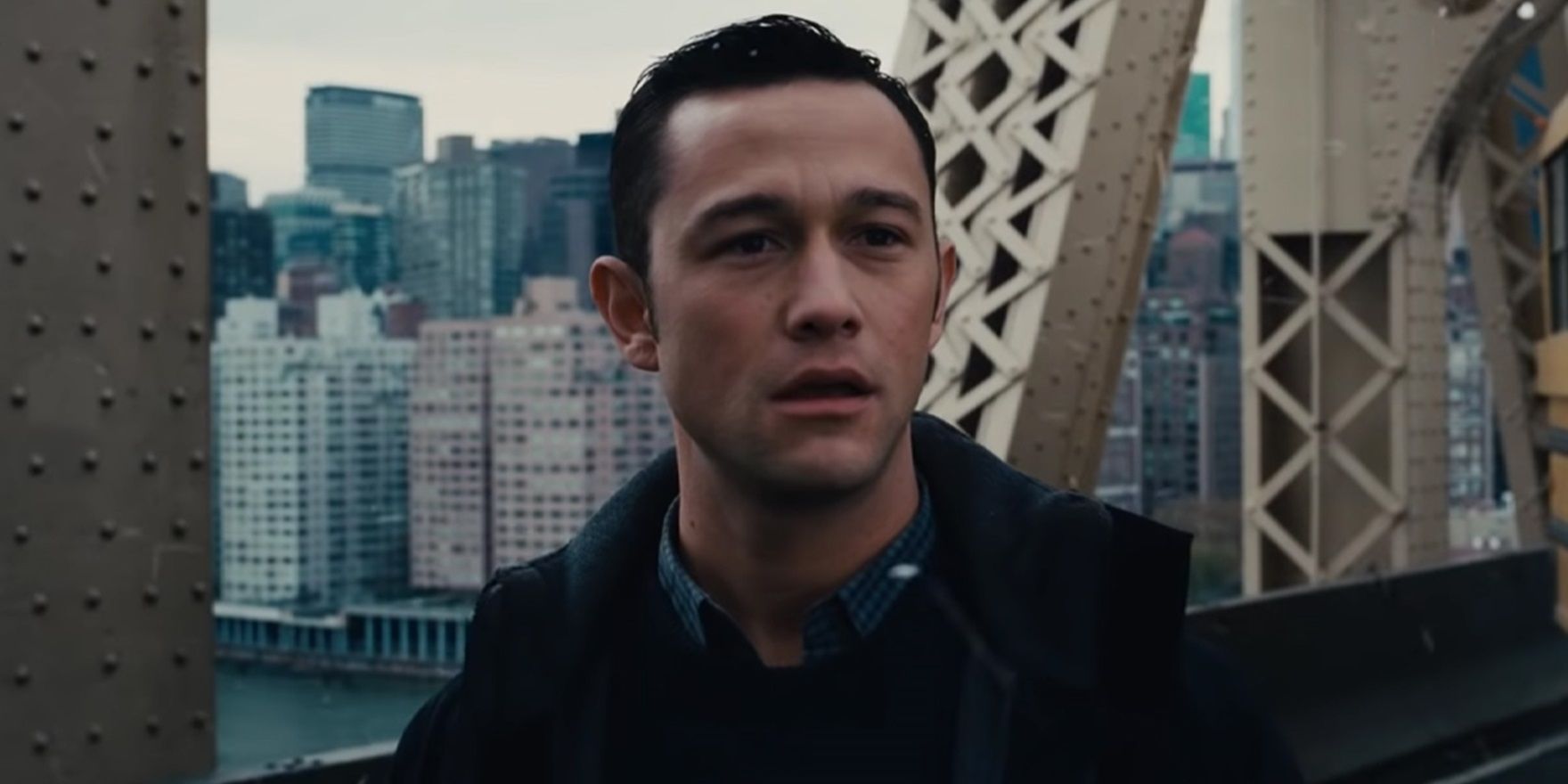
Warner Bros. has been apprehensive about featuring the Bat’s trusty sidekick Robin on the big screen since the critical and commercial disappointment of Batman & Robin. The Dark Knight Rises hinted at a Robin storyline without any red spandex or “Holy ____, Batman!” one-liners. Like the Boy Wonder, the bright-eyed GCPD detective played by Joseph Gordon-Levitt, John Blake, is a fellow orphan who becomes Bruce’s protégé. Toward the end of the movie, his legal name is revealed to be Robin. But since he has no cape and never acts as Batman’s sidekick, Ultimately The Dark Knight Rises goes with an homage to the iconic sidekick Robin.
Miranda Tate Is Really Talia Al Ghul
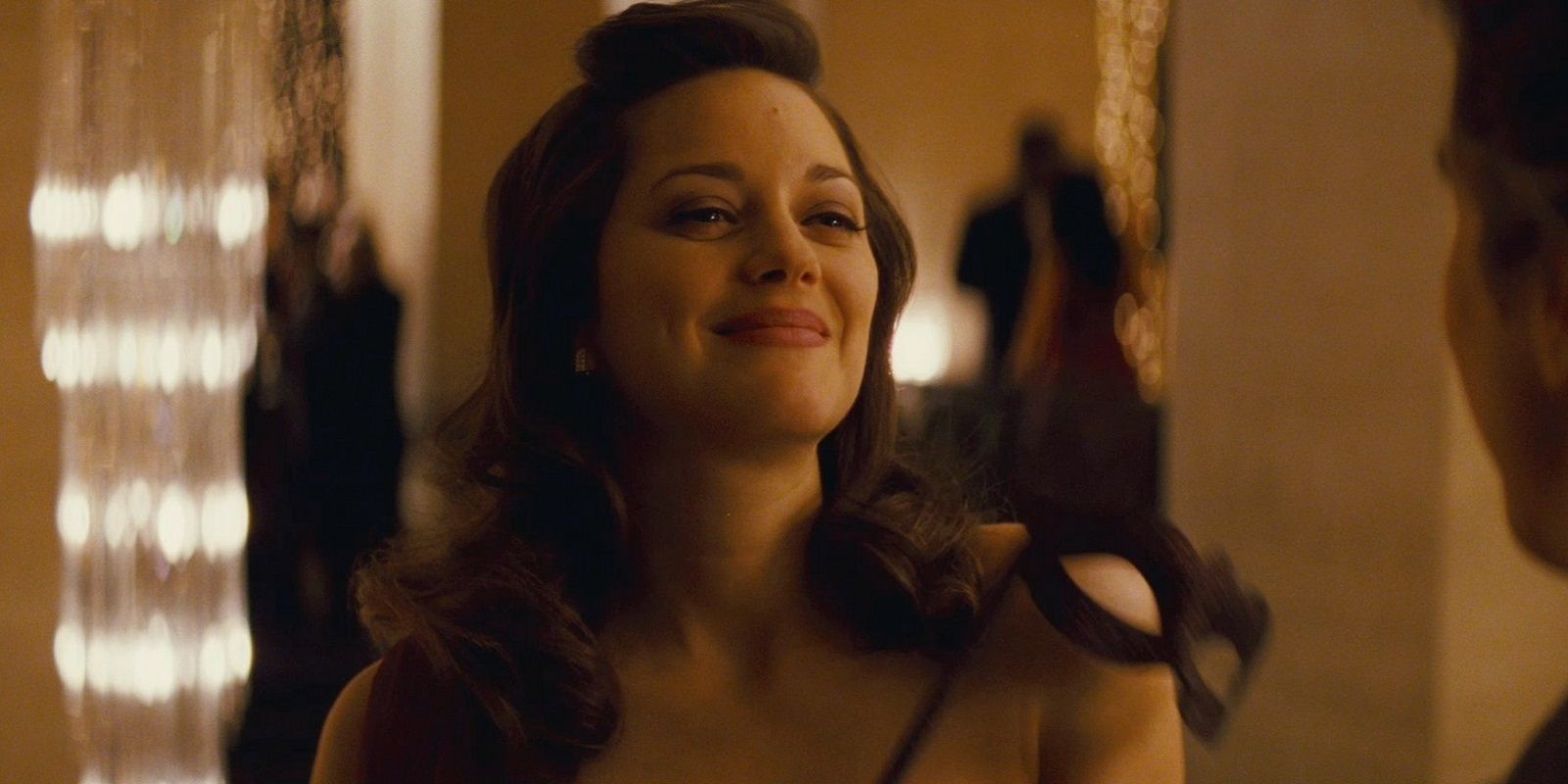
Although Bruce is still grieving Rachel’s death at the beginning of The Dark Knight Rises, he moves on and enters into a new romantic affair in the second act. Bruce begins sleeping with Miranda Tate, the new CEO of Wayne Enterprises. In the final act, Tate reveals that she’s really Talia al Ghul, the daughter of the Bat’s original foe Ra’s al Ghul and heir to the League of Shadows. After her father died, she became dedicated to destroying Gotham and exacting revenge against Batman. Motivated by avenging the death of her father, Talia is one of the most sympathetic villains in Nolan’s trilogy.
Who Will Protect Gotham In Batman’s Absence?
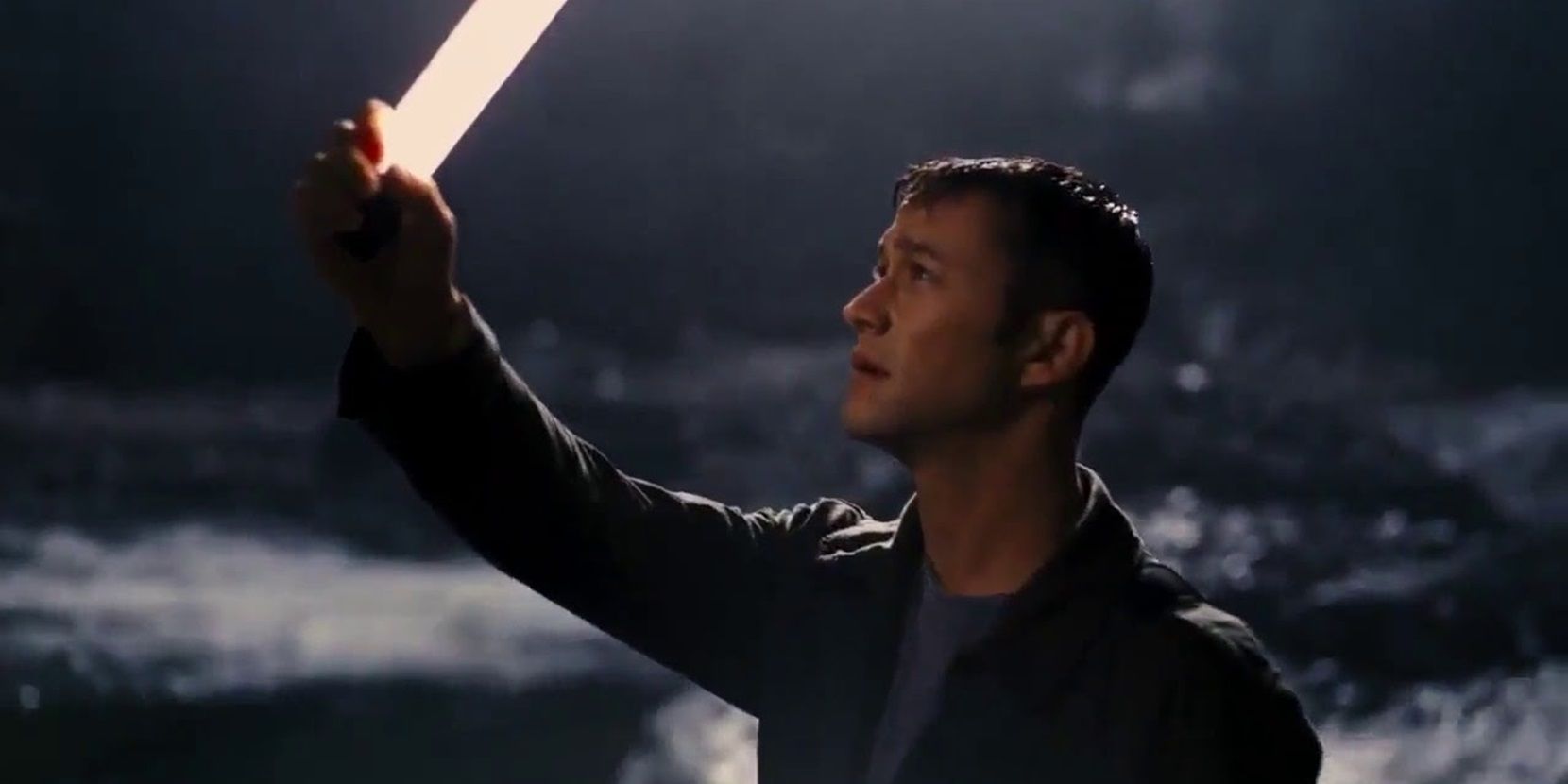
Since Batman has retired from fighting crime and left Gotham behind, the city is left without its masked protector keeping an eye on its seedy underbelly. But Nolan suggests that another noble vigilante will take the Bat’s place in his absence. After his name is revealed to be Robin, Blake discovers the Batcave and all the Bat-tech that Bruce left behind. This reveal – paired with the fact that Blake believes wholeheartedly in Batman’s crusade and inspired Bruce to resume his vigilante career in the first place – suggests that Blake will take on the Batman mantle and protect Gotham in Bruce’s wake.
Nolan never intended to set up spin-offs or establish a cinematic universe with Blake’s discovery of the Batcave; it was more about ending the trilogy on a hopeful note. In most Batman media, the people of Gotham are doomed to live in fear indefinitely. Every time Batman and the GCPD take down one diabolical villain, another one rises up in their place. But the ending of The Dark Knight Rises assures fans that there is a light at the end of the tunnel and that, one day, the citizens of Gotham might be able to feel safe walking the streets.
The Real Meaning Of The Dark Knight Rises’ Ending
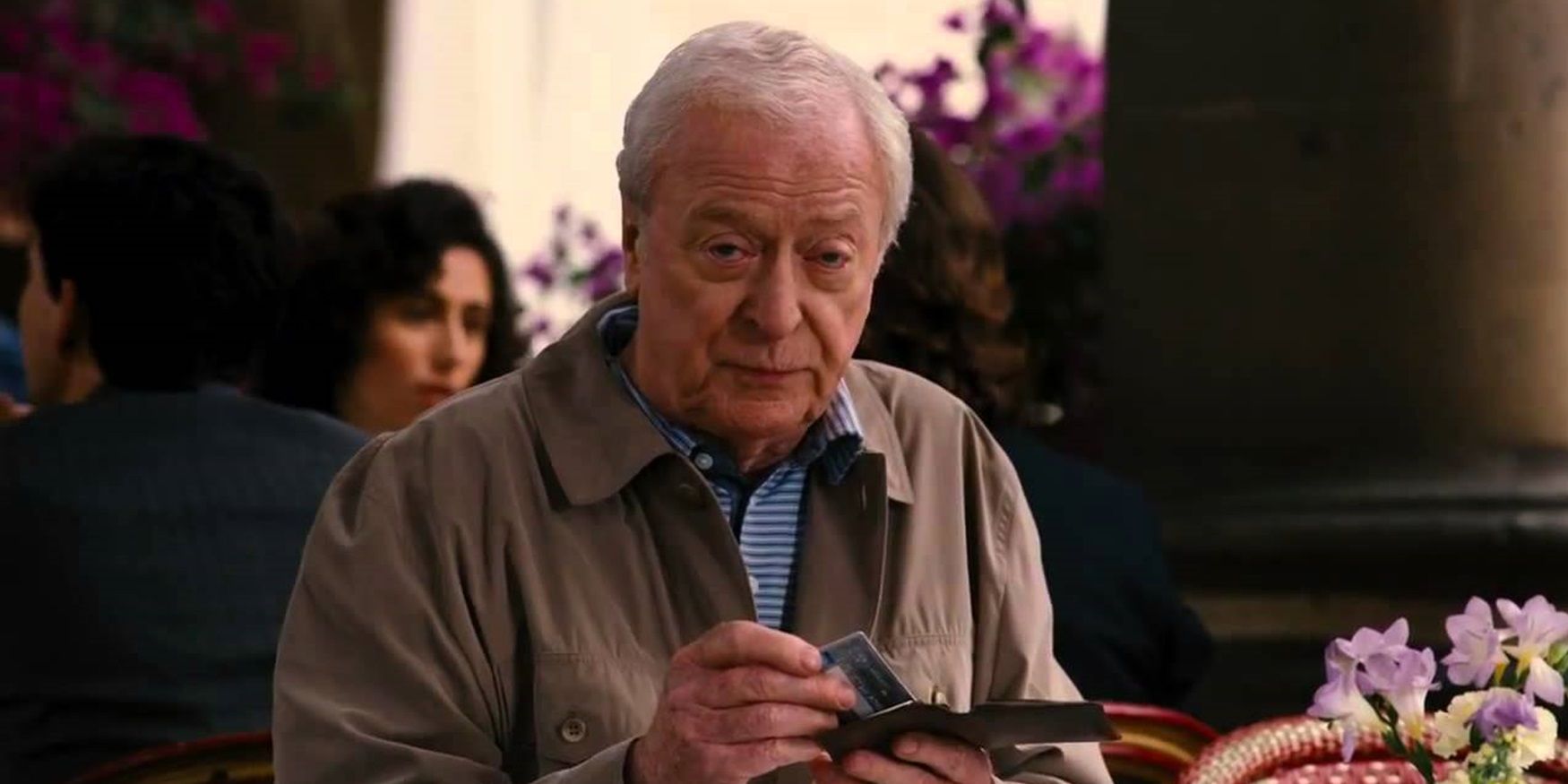
Whether he died or just retired, The Dark Knight Rises gave Batman an ending that was both perfect and inevitable. Bruce never planned to be Batman forever. When he realized Gotham would be okay without him, he was ready to hang up the cowl. Whether or not he really died in the explosion is up to each individual viewer to decide. At the end of The Dark Knight, Batman took the fall for Harvey Dent’s crimes to preserve Dent’s image as Gotham’s symbol of hope. At the end of The Dark Knight Rises, Batman gave his life (or possibly faked his death) in order to become that symbol himself.
